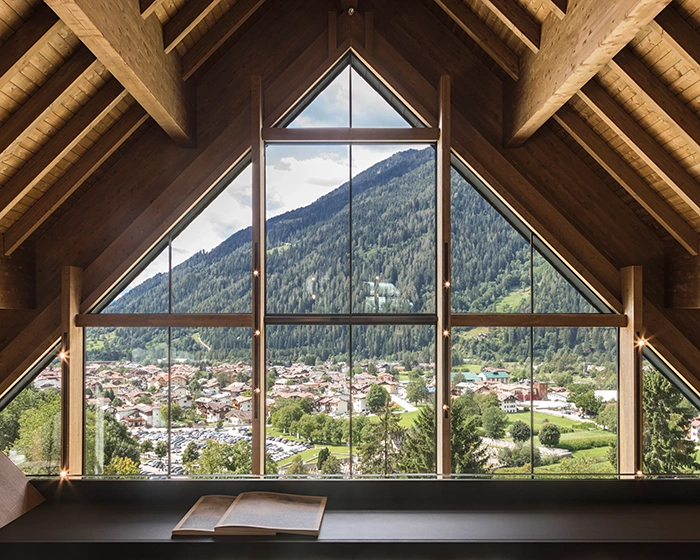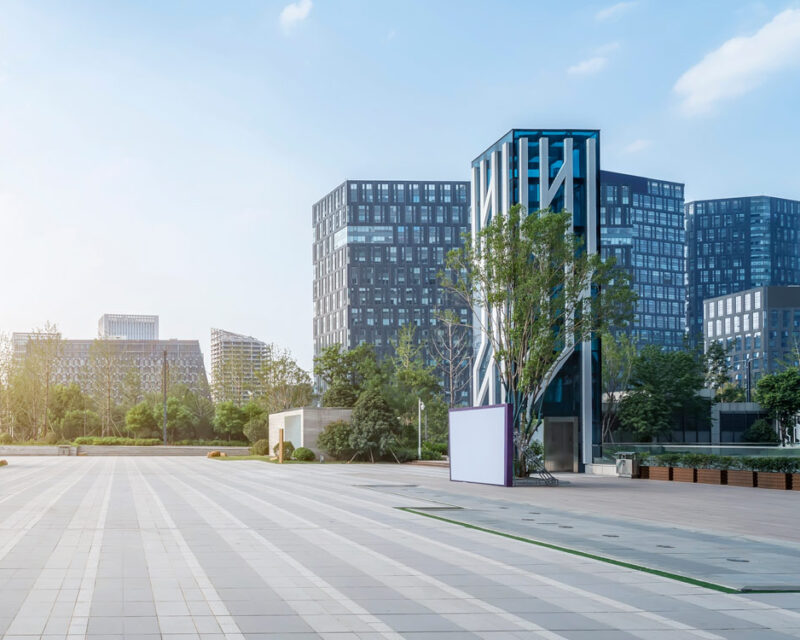How our environment is changing – Ispra report on the Open Ecological Transition

How is our environment changing?
Ispra inventory report on the Open Ecological Transtition.
Where is the Italian environment going? It is a country on the move. This question, as well as an answer to it, comes from Ispra, the Italian Institute for Environmental Protection and Research, which on December 13 forwarded to the House of Representatives the new TEA survey – i.e. Open Ecological Transition – with a route between past and present in our environment in order to understand the new challenges it is facing, on the eve of the fulfilment of PNRR, National Recovery and Resilience Plan.
The report portrays a country still covered for its 40% by forests - more than Germany and Switzerland - with an increase of protected areas on seas and land for up to the 20% of the national territory. Greenhouse gases emissions have been decreasing – int the latest three years, they have been cut of 19%. Other main sources of air pollution have diminished too, even if ozone and the situation of the largest urban centres and of the Po Valley still are a source of concern. Since 1985, the temperature rising has never stopped and inside the cities the heat islands are becoming more and more severe.
In addition to this, there are the steps forward in the energetic transition. In fact, during the latest 15 years the demand for power has decreased of 18% if compared to the 2005 peak and the consumes from renewable sources have more than doubled, reaching 19%. A progress due above all to industry. Unfortunately, the problem persists both for public transport and residential use. Circular economy has improved too – natural resources are used less and less, while separate waste collection is increasing and, as a consequence, disposal in landfills is reduced.
As for the transition related to the soil consume, Ispra inventory shows that Italy is still in year zero, losing up to 60 square chilometres each year, which means 15 hectares each day.
Our Country is rich of water – but today between north and south, between Valle d’Aosta and Puglia, there is a difference in rainfall of more than 1000 millimetres. The sea - but we already knew - is among the most stressed environmental matrices, as it is expensive to monitor and control, it is over-exploited by fishing and, last but not least, it is full of plastic. Eventually, the problem of biodiversity: in the latest 30 years alien species have been increasing of 96%, compared to the European average that is 76%.
Unload and learn more on https://www.isprambiente.gov.it/files2021/pubblicazioni/pubblicazioni-di-pregio/tea.pdf













